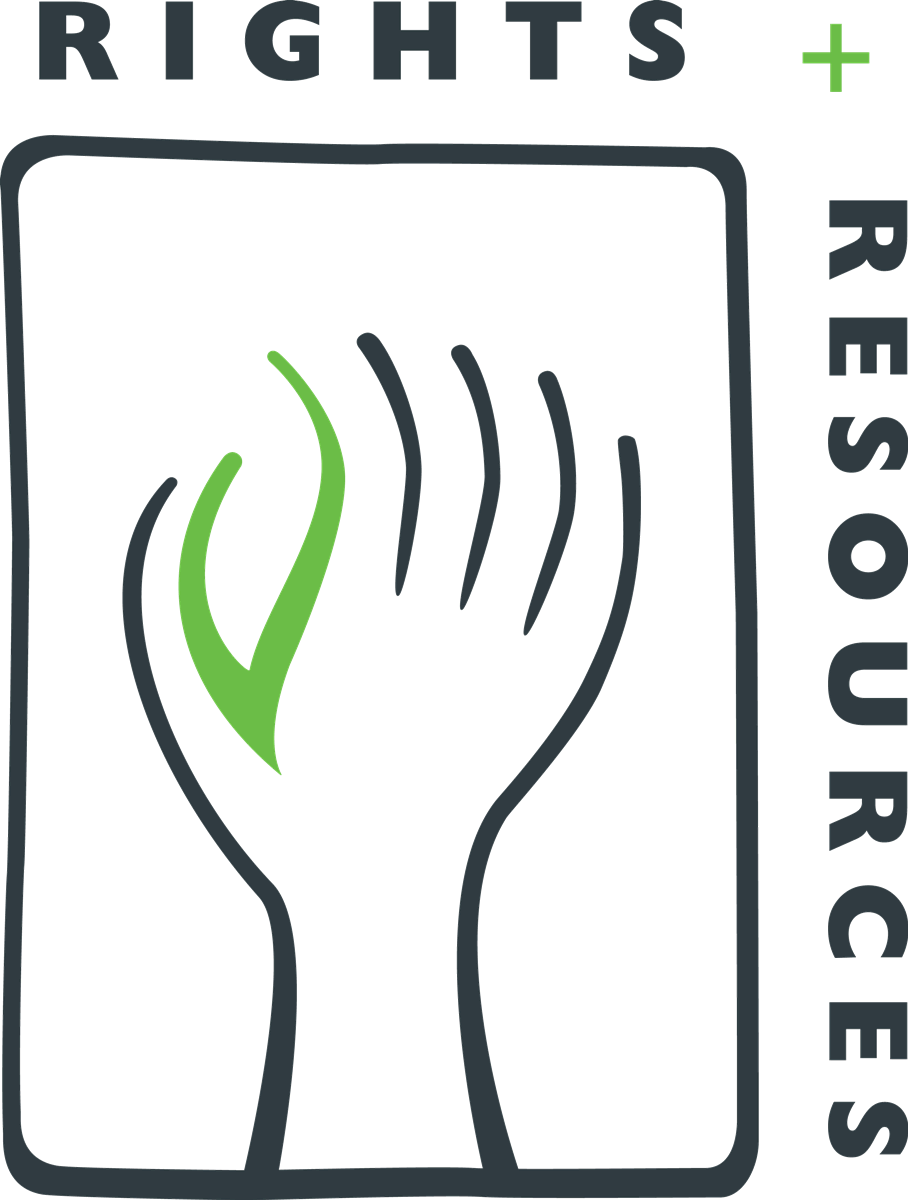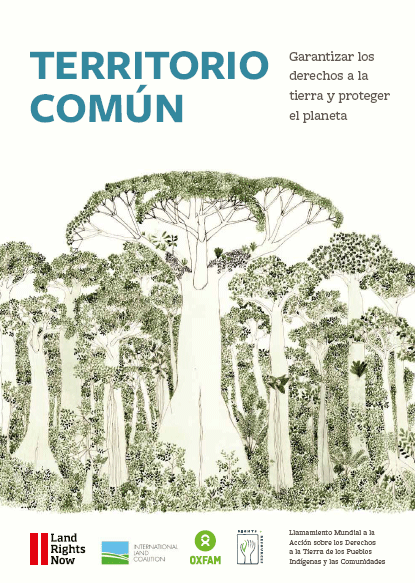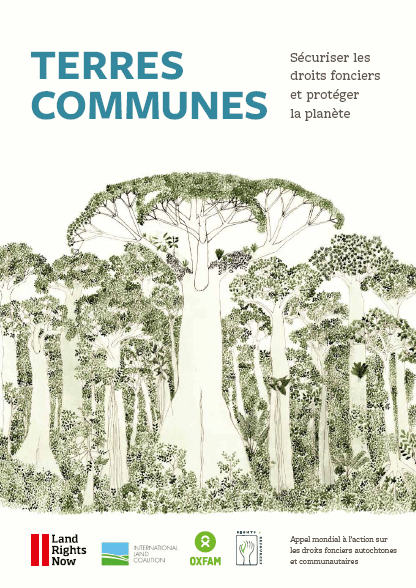Focal point
Location
The Rights and Resources Initiative is a strategic coalition of international, regional and community organizations engaged in development, research and conservation. Together, we are working to encourage greater global commitment and action on pro-poor tenure, policy and market reforms.
The RRI coalition is formed by a group of core Partners who conduct work in specific areas of their regional and thematic expertise. Partners also engage with a wide group of collaborators who participate in and support RRI activities around the world. RRI is a strategic coalition that goes beyond the traditional set of international development actors to involve a wide spectrum of organizations, each of which provides a critical perspective in the larger chain of actors necessary to advance change.
Our Mission
RRI’s Mission is to support local communities’ and indigenous peoples’ struggles against poverty and marginalization by promoting greater global commitment and action towards policy, market and legal reforms that secure their rights to own, control and benefit from natural resources, especially land and forests.
Global Challenge, a Global Opportunity
Forests cover close to 30 percent of the world's land area, and more than a billion people rely on forests to a significant extent for their food, fuel and income.
An estimated 350 million indigenous and tribal peoples are at least partly dependent on forests, including some 60 million who are substantially dependent on forests for their subsistence and livelihoods. Forests are also particularly important to poor women, who shoulder much of the burden for hauling wood and collecting and marketing forest products.
Dominant models of forest industry and conservation have often exacerbated poverty and social conflicts and have precluded pro-poor economic growth. The lack of clear rights to own and use forest land, develop enterprises, and trade in forest products has driven millions of forest dwellers to poverty and encouraged widespread illegal logging and forest loss.
The world will not meet national and global goals to reduce poverty and protect the environment unless poor peoples' rights to land and resources are strengthened. Neither will the world effectively mitigate or adapt to climate change without clarifying local tenure and governance. The next two decades are critical--both for the poor and for the forests.
There are reasons for optimism. Organizations of indigenous peoples and forest-dwelling communities are gaining voice and opportunity, and after decades of limited action many countries are beginning to consider far-reaching legal and policy reforms. There is a major opportunity to advance the rights and livelihoods of forest peoples by establishing the institutional foundations for sustained conservation and forest-based economic development.
Resources
Displaying 46 - 50 of 109Territorio Común: Garantizar los derechos a la tierra y proteger el planeta
Las vidas de cerca de 2.500 millones de personas dependen de tierras indígenas y comunitarias, que suponen más del 50% de la tierra del planeta; sin embargo, legalmente sólo son dueñas de una quinta parte. Los 5.000 millones de hectáreas restantes están desprotegidos y son vulnerables al acaparamiento por parte de entidades más poderosas como Gobiernos y empresas.
Terres Communes : Sécuriser les droits fonciers et protéger la planète
Près de 2,5 milliards de personnes dépendent de terres autochtones et communautaires représentant plus de la moitié des terres de la planète ; elles n'en détiennent pourtant légalement qu'un cinquième. Les cinq milliards d'hectares restants ne sont pas protégés et sont donc exposés à l'accaparement des terres par des entités plus puissantes, telles que les États et les grandes entreprises.
Common Ground: Securing Land rights and safeguarding the earth
Up to 2.5 billion people depend on indigenous and community lands, which make up over 50 percent of the land on the planet; they legally own just one-fifth. The remaining five billion hectares remain unprotected and vulnerable to land grabs from more powerful entities like governments and corporations.
CLOSING THE GAP: Strategies and scale needed to secure rights and save forests
...the customary rights of communities and
Indigenous Peoples to forests, rangelands, and wetlands are often not
written down or shown on government maps, but they are a fundamental
reality. They cover more than 50 percent of the world’s land surface, yet
new research by RRI in 2015 showed that just 10 percent of the world’s
land is legally recognized as community-owned.2
This means that governments formally recognize communities’
ownership rights to less than 20 percent of the land they have
historically owned.
Who Owns the World’s Land? A global baseline of formally recognized indigenous and community land rights.
In recent years, there has been growing attention and effort towards securing the formal, legal recognition of land rights for Indigenous Peoples and local communities. Communities and Indigenous Peoples are estimated to hold as much as 65 percent of the world’s land area under customary systems, yet many governments formally recognize their rights to only a fraction of those lands. This gap—between what is held by communities and what is recognized by governments—is a major driver of conflict, disrupted investments, environmental degradation, climate change, and cultural extinction.








